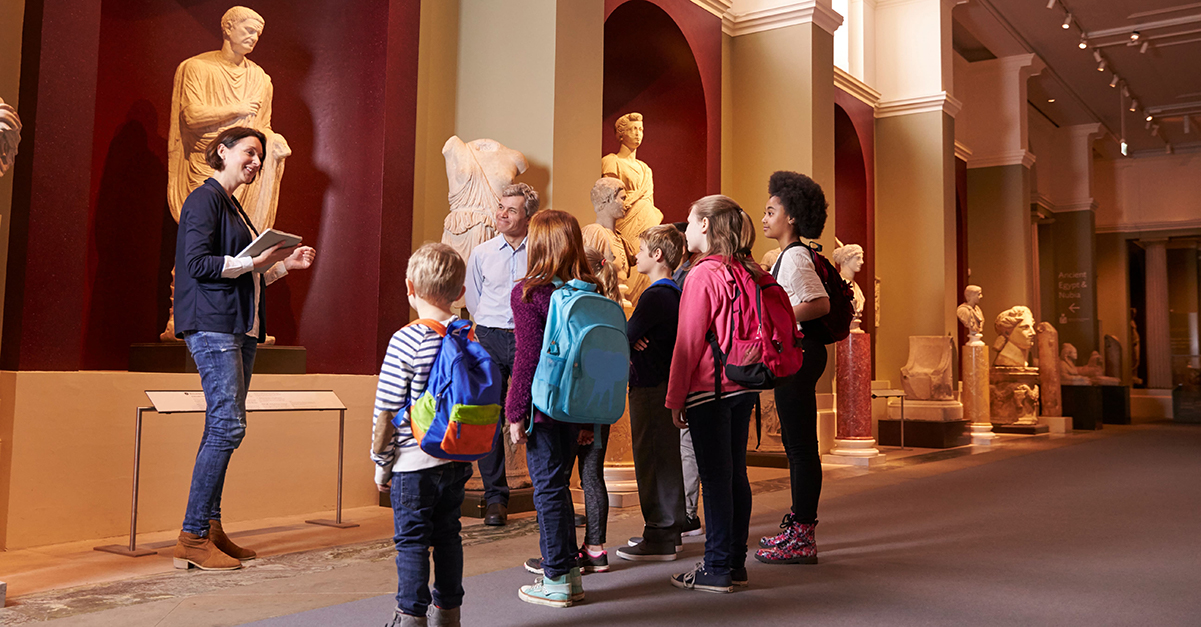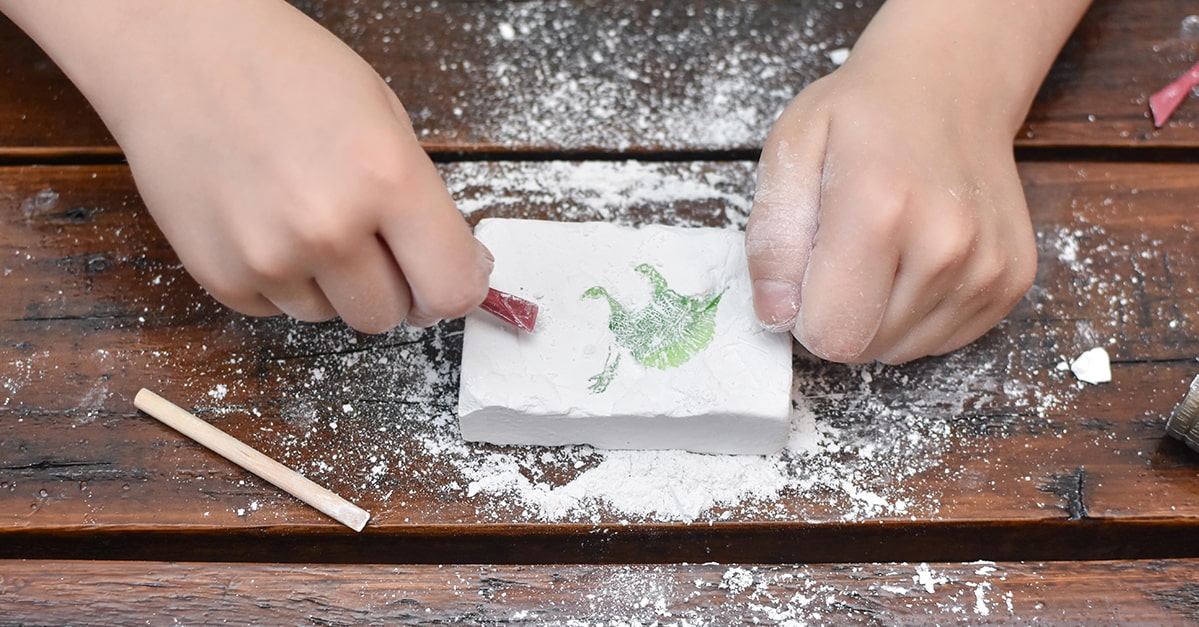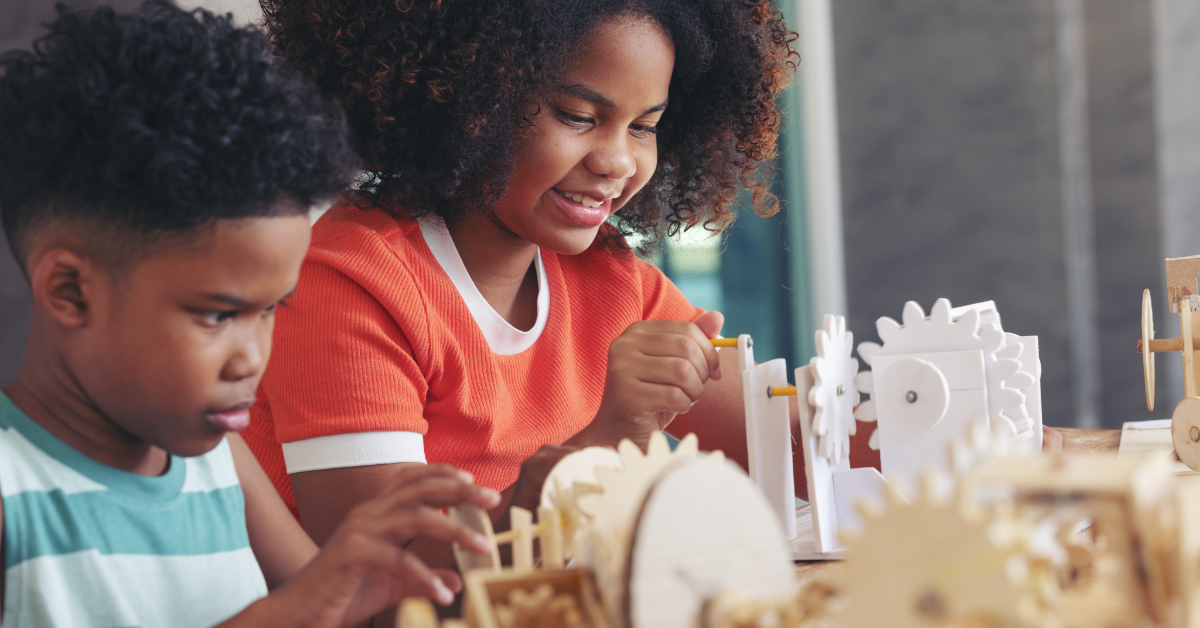
History is an important subject that often gets shoved into the shadows while math, reading, and writing take the spotlight. There’s a great deal of knowledge and skills that students can gain from exploring the past. But what if your students simply aren’t interested in learning about history? Here are five fun social studies activities to make your history lessons more engaging!
1) Create Comics
Want to get your students more invested in learning about a historical or political topic? Have them unleash their creativity by drawing a comic strip or cartoon to represent a given concept or event, such as the Boston Tea Party. Not only is this a great way to increase engagement, but it also helps students visualize and internalize what they’re learning. Plus, it provides them with an opportunity to practice their art skills as well!
Before your students begin working on their comics, be sure to communicate your expectations clearly and show plenty of examples for inspiration.
2) Get Into Character
Another way to bring history to life is through role playing. Oftentimes, we understand the people and events in history better when we block out our present worldview. So, push your textbooks aside and encourage your students to put themselves into the shoes of someone from the past.
You can have them act out historical events, do a presentation on a historical figure and dress up, or even attend a reenactment in your area, if possible. Role playing works for just about any unit, from ancient Greece to the American Revolution.

3) Write Historical Journal Entries
Journaling is another fun social studies activity that helps students build understanding by imagining themselves in the situation of someone from another time period.
At least for more recent centuries, there’s no shortage of journal entries and letters written from historical figures and ordinary folks living at the time. These writings can provide valuable insights about the past from those who experienced it firsthand.
You can check public library databases for original documents to incorporate into your lessons. First, you’ll want to have your students read the actual entries and discuss them together. Once they have the appropriate background knowledge, ask them to write their own entries from the perspective of someone from that given time period.
For example, if you’re focusing on Ellis Island, assign each student an actual person who went through the process at Ellis Island. Then, using what they know about the immigrant experience there, ask them to write a few diary entries as if they were that person. Encourage them to do additional research as needed to ensure accuracy.
4) Read Engaging Books
Sure, reading textbooks, biographies, and firsthand accounts is incredibly important when it comes to teaching history, but there’s also a lot of value in reading lower academic books as well!
There’s a wide variety of picture books these days that focus on social studies topics. And while picture books are mainly used for young learners, students of all ages can benefit from the vivid illustrations, concise information, and captivating storylines. They’re particularly excellent tools for introducing new topics and activating background knowledge.
In addition to children’s books, we also suggest doing a read-aloud for each unit of study. There are plenty of fantastic historical fiction books based on various people, events, and experiences from the past (Ex: The Watsons Go to Birmingham – 1963 by Christopher Paul Curtis). This is a great way to extend classroom learning and have students relate more to the content.

5) Interact with Artifacts
The last fun social studies activity we want to share with you is having your students interact with artifacts as often as possible. Being able to actually see and feel a historical artifact typically provides a more in-depth understanding than simply reading about it in a book. It’s also more likely to spark students’ interest on the topic at hand.
While we recognize that it can be challenging to find historical objects to use in your lessons, we’re certainly not expecting you to get your hands on Davy Crockett’s hat from the Alamo. There are attainable ways to expose your students to primary sources and artifacts, such as:
- Borrowing objects from local organizations (museums, historical societies)
- Accessing digitized materials from library databases (such as the New York Public Library)
- Creating or purchasing replica artifacts
- Watching videos from reliable sources
You can also provide your students with interactive experiences by going on field trips to historical sites in your area or visiting locations throughout the world virtually.
Long gone are the days when teaching history meant solely relying on a textbook (thankfully). There are many resources available today to help bring history to life in your lessons. These five fun social studies activities are just a few ways that you can cultivate your students’ interest in learning about the past.




Leave a Reply